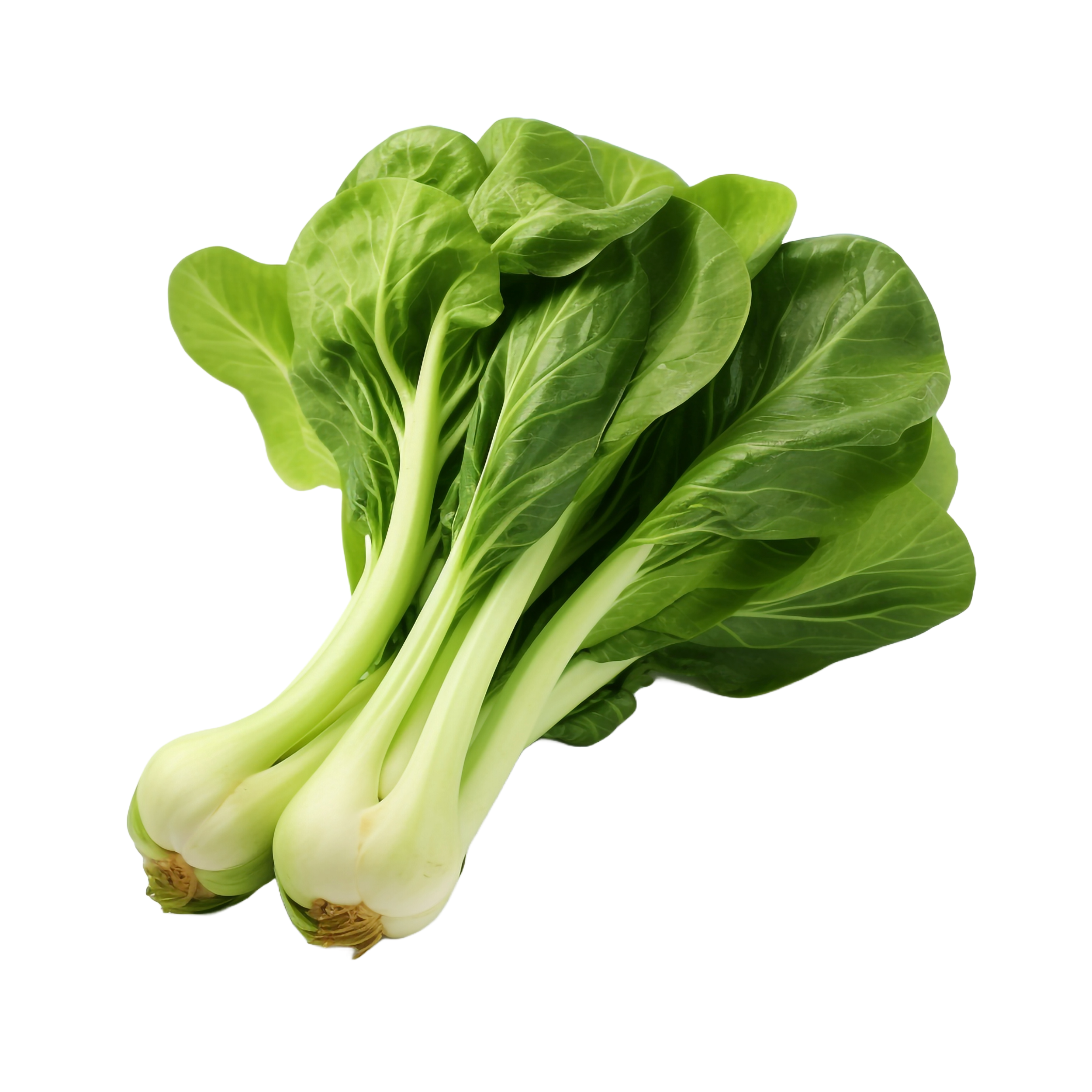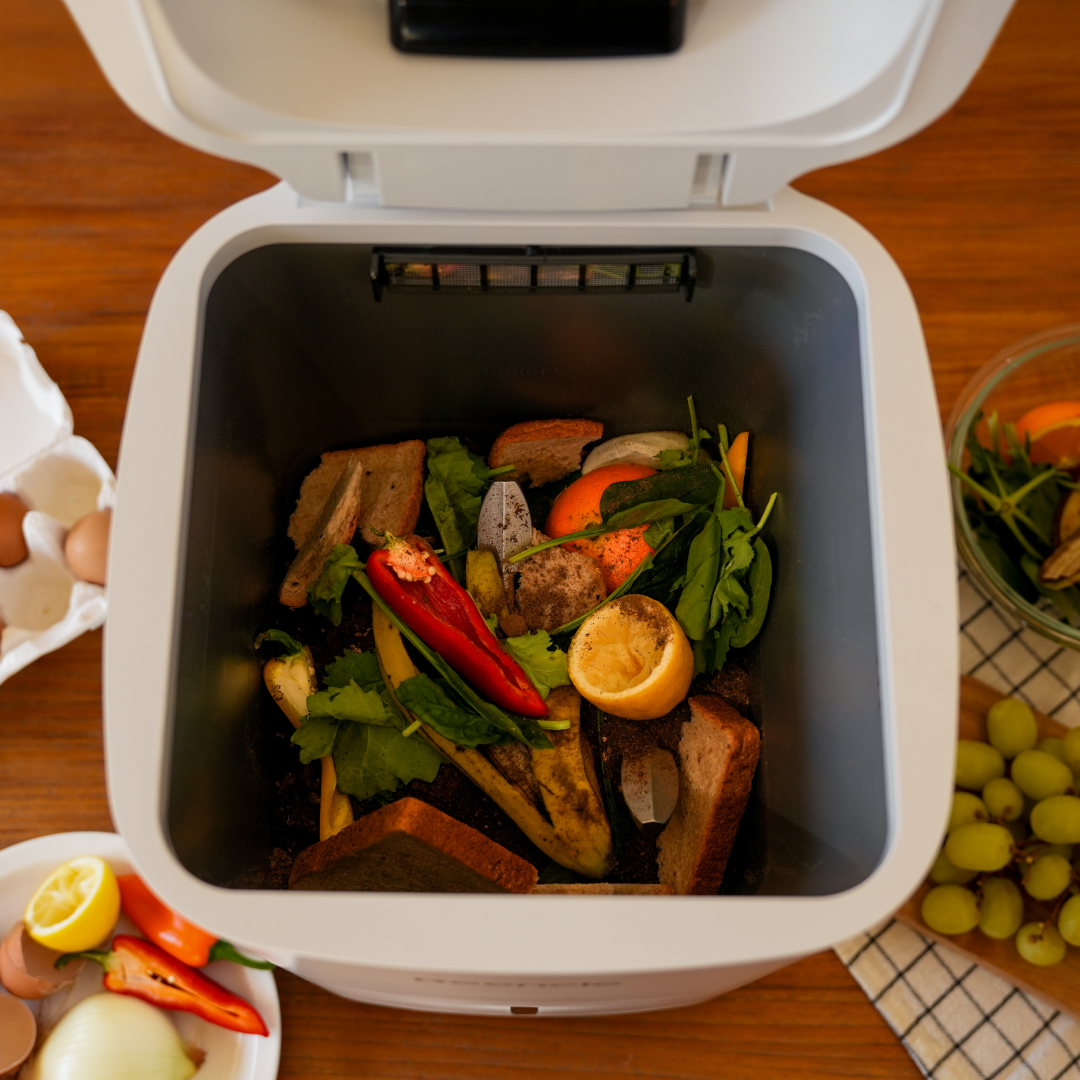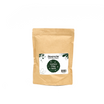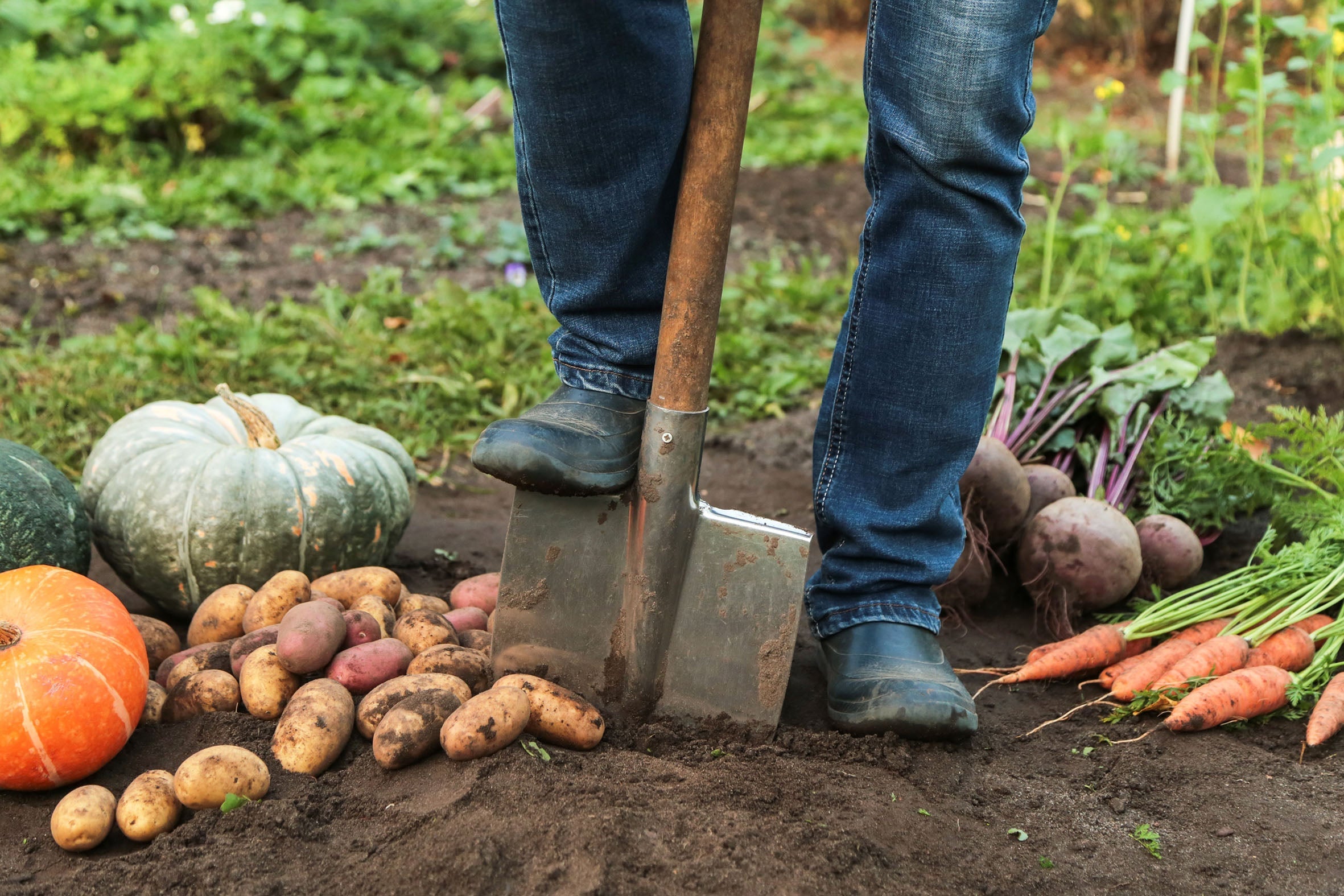Introduction: The Importance of January Planting
As the new year begins, many gardeners are eager to kickstart their gardening efforts. January may seem like an unlikely time to start planting, but it's actually the perfect opportunity to get a head start on a thriving garden. In this article, we'll explore the recommended plants to cultivate in January and the benefits of early planting.
Flowers and Ornamentals
1. Winter Jasmine

Winter jasmine is a beautiful and hardy flowering shrub that blooms in the winter months. Its delicate yellow flowers add a pop of color to the winter landscape and provide much-needed nectar for early pollinators.
2. Hellebores

Hellebores, also known as Lenten roses, are a stunning addition to any winter garden. These hardy perennials produce elegant, nodding flowers in shades of white, pink, and purple, adding a touch of elegance to the winter garden.
3. Snowdrops

Snowdrops are small, dainty bulbs that emerge in late winter, often pushing through the snow. Their delicate white flowers bring a sense of hope and renewal to the garden after the long winter months.
Vegetables and Herbs
1. Kale

Kale is a cold-hardy vegetable that thrives in the cool temperatures of January. It's packed with nutrients and can be harvested throughout the winter months, making it a valuable addition to the winter garden.
2. Winter Lettuce

Winter lettuce varieties, such as 'Winter Density' and 'Arctic King', are perfect for planting in January. They can withstand frost and provide fresh, crisp leaves for salads even in the coldest months.
3. Chives

Chives are a versatile herb that can be planted in January. Their mild onion flavor adds a tasty touch to winter dishes, and they can be easily grown in containers or garden beds.
Trees and Shrubs
1. Witch Hazel

Witch hazel is a striking shrub that blooms in late winter, producing fragrant, spidery flowers in shades of yellow, red, and orange. It's a valuable addition to the winter garden, attracting pollinators and adding visual interest.
2. Winterberry

Winterberry is a deciduous holly shrub that produces bright red berries in the winter months. These berries are a valuable food source for birds and add a festive touch to the winter garden.
3. Japanese Maple

Japanese maples are stunning ornamental trees that can be planted in January. Their delicate foliage and graceful form make them a standout feature in the winter landscape.
Tips for Successful January Planting
1. Prepare the Soil: Ensure that the soil is well-drained and enriched with compost before planting any new additions to the garden.
2. Provide Protection: Use row covers or cold frames to protect young plants from harsh winter weather and frost.
3. Water Carefully: While plants may not need as much water in the winter, it's important to monitor soil moisture and provide supplemental watering if necessary.
4. Monitor for Pests: Keep an eye out for winter pests, such as aphids and slugs, and take appropriate measures to protect your plants.
5. Plan for Spring: Consider the long-term growth and care of the plants you're planting in January, and make sure they will complement your garden throughout the year.
In conclusion, January planting offers a wealth of opportunities to enhance your garden and enjoy the beauty of nature even in the midst of winter. By selecting the right plants and following best practices for winter gardening, you can set the stage for a thriving and vibrant garden throughout the year. Happy planting!"















